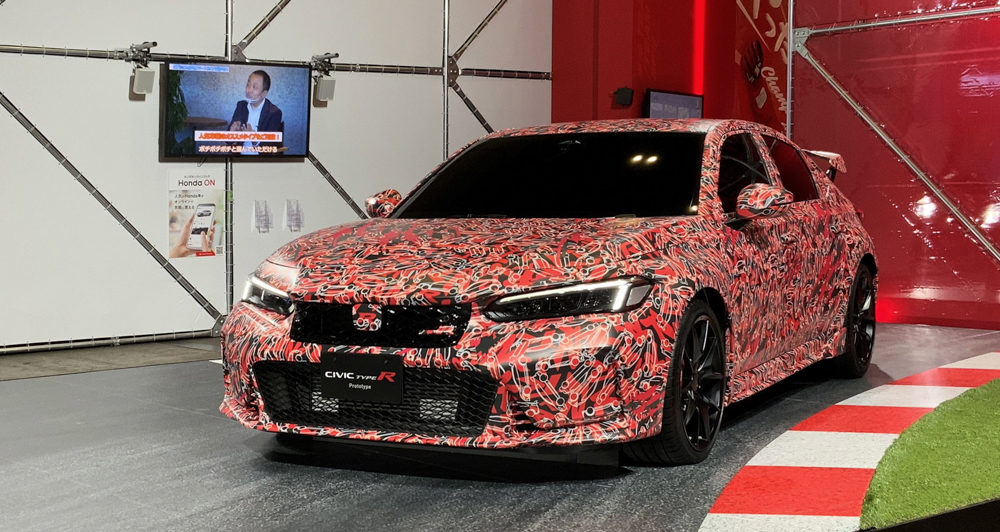
The inherent cost and complexity of four-wheel drive or all-wheel drive have kept these systems limited to vehicles that need to tackle harsh road conditions (such as the Toyota Land Cruiser) or deliver blistering performance on the racetrack (such as the Nissan GT-R). But one company that begs to differ is Subaru, which has stubbornly stuck with AWD as a key element of its engineering philosophy.

Most automakers would simply slap a transfer box and a bunch of driveshafts to give a car AWD. But in the interest of making its vehicles handle predictably, Subaru has engineered its system to be as symmetrical as possible. The use of equal-length half-shafts, for example, ensures that the rotating masses of metal on both sides of the car are balanced.
Even the utilization of the brand’s signature boxer engine was likely dictated by the AWD system. Orienting the motor longitudinally aligns the crankshaft with the transmission along the centerline of the car. Having the pistons fire horizontally lowers the center of gravity, which contributes to the vehicle’s stability. A byproduct of this layout is the inherent smoothness as the opposed cylinder banks cancel out each other’s vibration.

It’s one thing reading about how Symmetrical All-Wheel Drive functions, and it’s quite another experiencing it firsthand. I personally had the pleasure of seeing Subaru’s technical expertise at work for seven years during my ownership of a 2013 Impreza. I found the car to be a solid highway cruiser, and I took comfort in the fact that all four wheels literally had my back when the weather turned nasty.

One thing that’s great with Subaru’s AWD system is that everyone who buys its cars can experience it. In fact, with the exception of the BRZ and some Japanese-market kei cars, Symmetrical All-Wheel Drive is standard equipment in the automaker’s entire range. Such commitment to the technology has been key to the brand’s success over the years with 20 million AWD vehicles produced since 1972.











Comments